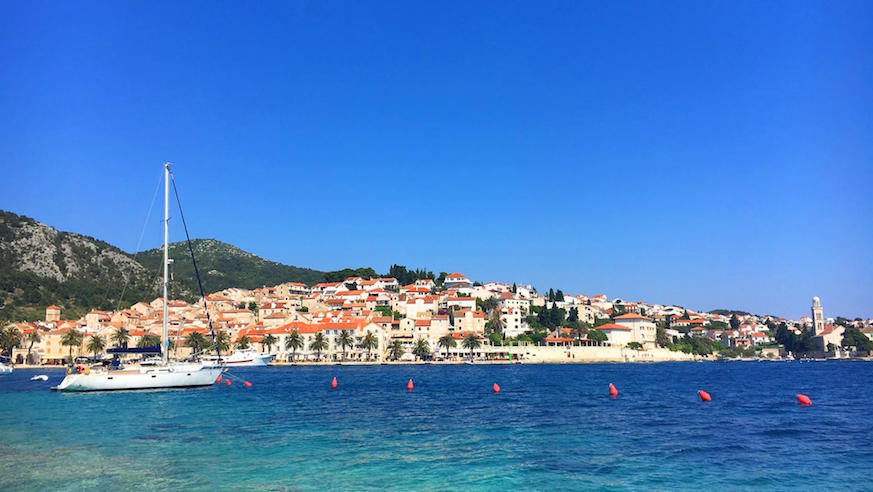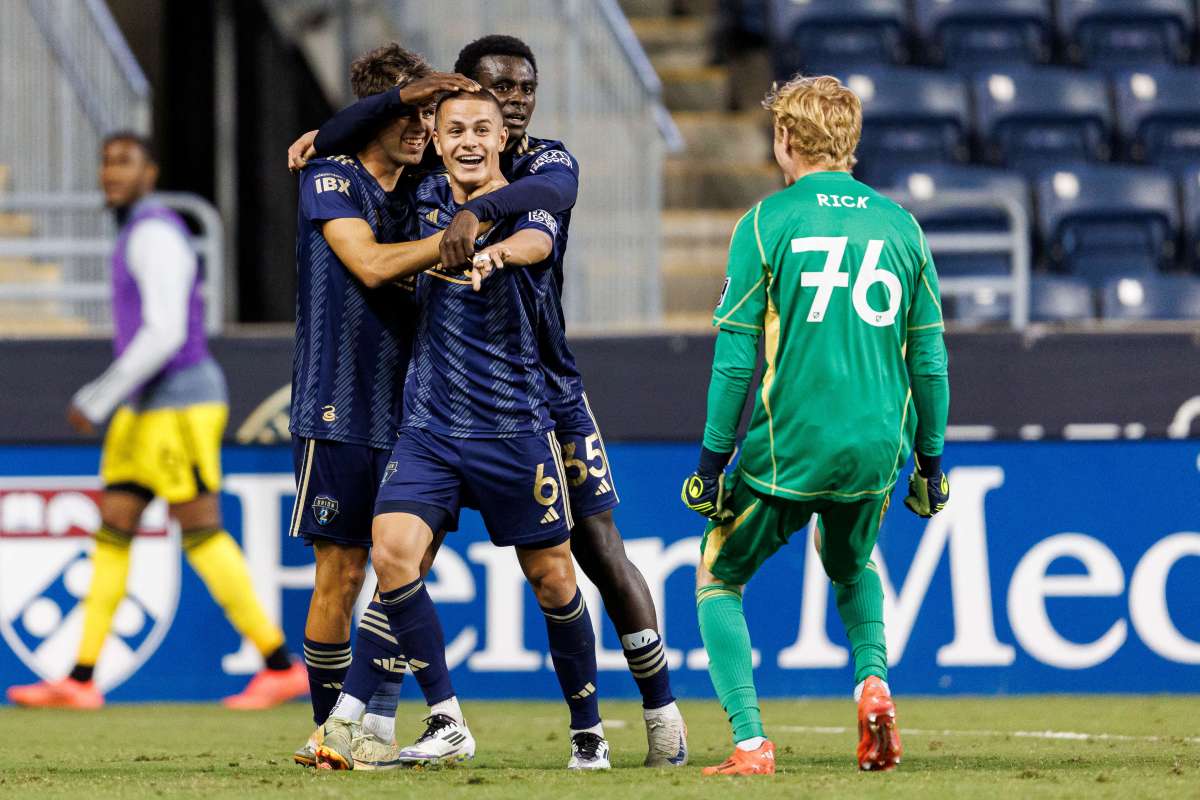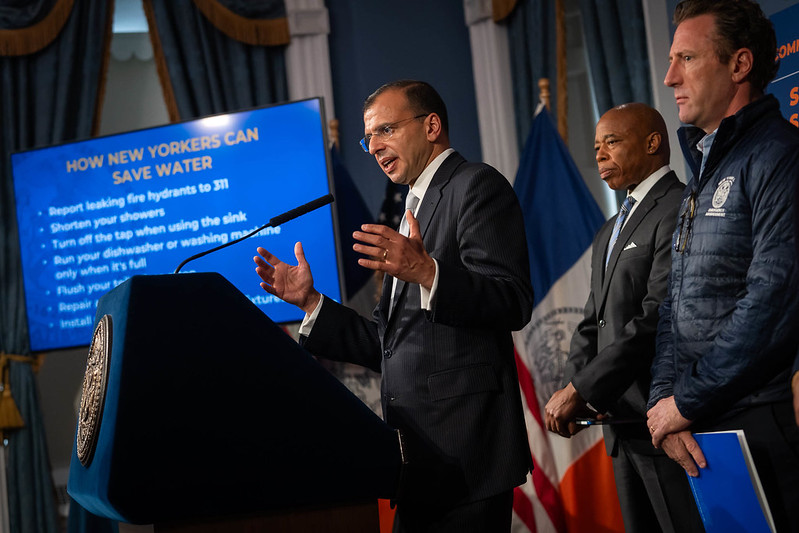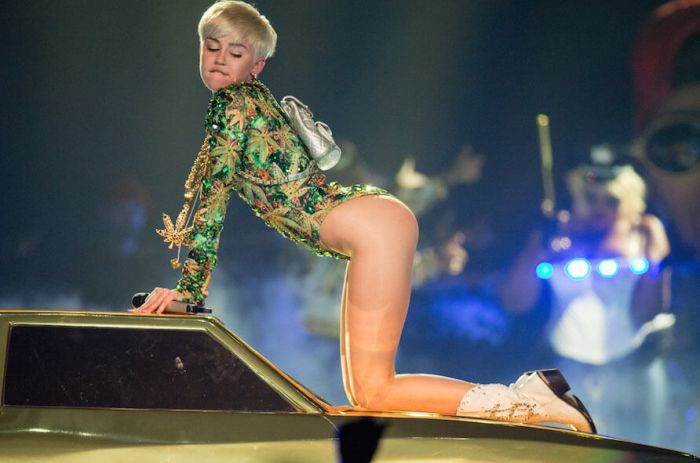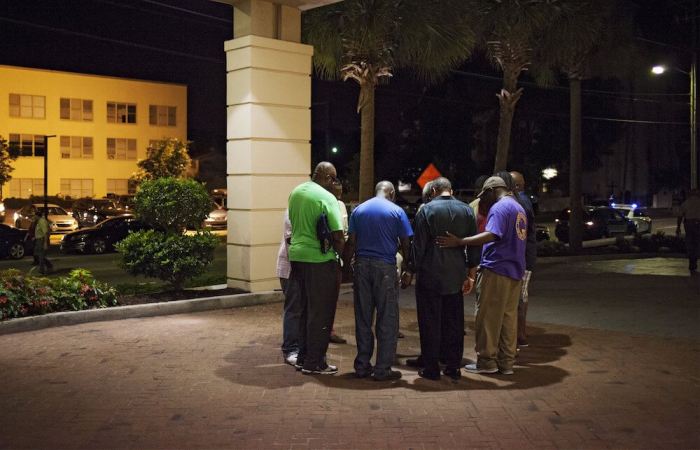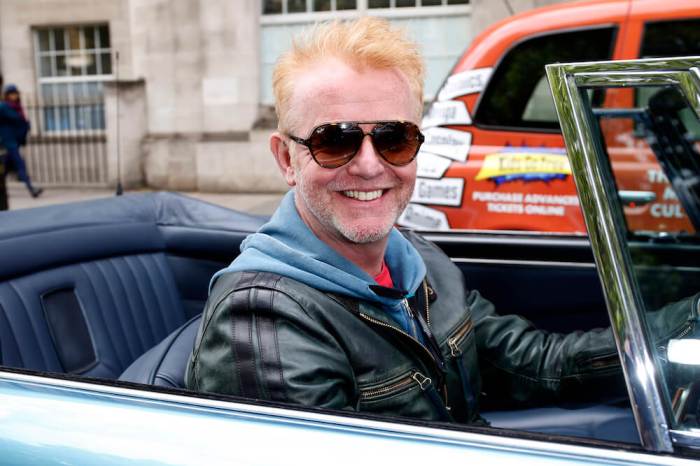Game of Thrones may have put Dubrovnik on the world’s tourism agenda, but Croatia has been building up its tourism infrastructure for years. Chief among the amenities is the country’s highway system — most of the freeways have been constructed within the last 15 years. And with the country’s population of only 4 million, they’re practically empty of drivers. Because of this, road-tripping is one of the best ways to wander this stunning land.
We’ve put together this seven-day itinerary to explore some of Croatia’s most beautiful spots, eat its best food, and drink its best drink from the Dalmatian Coast all the way along the Istrian Peninsula.
Day 1
Let’s be brutally honest about Dubrovnik: it’s a total tourist trap. The stores along the boulevards within the walled city are about as authentic as those on Disneyland’s Main Street U.S.A. And every hawker in sight shouts endlessly about Game of Thrones filming locations (yes, Dubrovnik is King’s Landing — hail Cersei!)
But while exploring the narrow side alleys with steep stairs and dark passages, it’s still possible to be swept into history and occasionally stumble upon some actual locals. Bottom line: don’t be afraid to stray from the herd and explore.
Croatia only has three Michelin star restaurants and one of them is in Dubrovnik. Set atop the city’s defensive Wall, Restaurant 360 has an impeccable view and one star. Go for the view — it’s truly magical — but the food is perfectly good though hardly divine. For a drink with actual locals, head to Caffe Bar Libertina.
Day 2
Head to Dubrovnik’s ancient Wall and walk the whole thing (about 1.3 miles). It can become annoyingly crowded, especially when trying to climb into a tower, so it’s best to arrive early.
Various passageways will lead you from the city toward the cliffs that overlook the Adriatic. But here’s what’s so wonderful about these gorgeous perches: they’re bars! Head to either (or both) Buza and Cafe Bar Bard for some, or many, drinks. For the adventurous (and not drunk), jump into the sea and go for a swim.
Now, temper your hungry belly with an Asian-fusion feast at Azur. Yes, eat Asian-fusion in Dubrovnik. Here’s why: Azur is off the beaten path and the food is quite good. It cannot be reiterated enough — veer away from the tourist traps of Dubrovnik, they’re everywhere.
Day 3
It takes roughly three hours to drive to Split. For those who are fans of scheming, stop at the Trsteno Arboretum along the way, just 30 minutes outside of Dubrovnik. These gardens double as those in King’s Landing. Then, carry on to Split.
Welcome to this weird town. Pass the unpleasant Communist-era architecture and keep driving to the sea. Leave the car at the hotel and enter Diocletian’s Palace.
Versailles this is not. Don’t think of it as a museum, but as a district. Built by the Roman emperor Diocletian, it has simultaneously decayed and evolved in the millennia since construction into a thriving area of music and food. For a seafood feast, head to Nostromo inside the palace.
For a digestive, hang out with tourists at Bar Luxor. Really. Sit outside in the main square of the Palace, in the shadow of the cathedral of St. Domnius and have a drink. The setting is pure magic.
Day 4
Pack a lunch and get ready to head up Marjan Hill. Considered the “lungs of the city,” this verdant Wonderland has a two-hour hiking trail punctuated by a stunning lookout vista. Afterward, head to Kasjuni Beach and bathe in the Adriatic.
Upon returning to the city proper, pull up a chair at Uje Oil Bar for dinner, known for its wide selection of olive oils, but they also serve up excellent locally-sourced Dalmatian cuisine.
Day 5
It’s recommended to rent a car with side sensors to maneuver onto the ferry to Hvar for the two-hour journey to the port of Stari Grad. Once on the island, you’ll drive across it to the city of Hvar proper.
Be warned that during the high season from June through August, Hvar becomes a playground of champagne-chugging, EDM-listening naughty yachties. The rest of the year allows you to stroll the main promenade, the Riva, and take in the beauty, grab a bite to eat at one of the many outdoor dining cafes. Pjaca Bar is a safe choice.
Afterward, head over to Hula Hula Bar, though not for eating. It’s right on the water — you’re certain to get wet if the surf is rough — and the drinks are strong and it can be strangely happy-making, despite a crowd that seems to think they’re at the MTV Beach House circa 2003. If you’ve got water shoes — the shore is stony — consider taking a dip.
For dinner, definitely go to Dalmatino, which is certainly the best restaurant on the island. The ingredients are exquisite and the entrees are surprisingly inexpensive.
Day 6
This is a day about a journey, so buckle up. Get on that Jadrolinja ferry back to Split. Two hours later, drive to Plitvice Lakes, which will take almost three hours. Much of the stretch will not be along the new and glistening highways, but two-lane country roads. Don’t stress, enjoy the countryside. All will be fine.
Plitvice Lakes is an awe-inspiring national park. Even those who prefer exploring cities rather than subjecting themselves to nature will find their jaws regularly dropping. But, there’s a big downside — the hotels were built under Communism and are all hideous. It’s recommended that you grin and bear the Hotel Jezero.
Before settling in, take a side trip to Bosnia. The border is only 5 miles away but the food is infinitely better. Head to the town of Bihac, following the bends of the Una River to Restaurant Kostelski Buk. Do not leave here without eating the polenta.
Day 7
A three-hour drive will get you to Rovinj — but why there, you say, over other small, beautiful coastal cities throughout Croatia like Pula or Porec or Rijeka? It’s simple: food. Monte is the real deal. It’s comparable to the Michelin-starred restaurants of Italy, but cheaper.
Beyond Monte, Rovinj is a charming Istrian fishing village. Its fields are a maze of vineyards, producing impeccable wines. There are enclaves of artists and galleries, with one of the best hotels in all of Europe: the Adriatic Hotel. It’s elegant without aloofness, trendy without pompousness.
Rovinj is a lovely, relaxing end to what is hopefully a lovely, relaxing week. Though it could definitely go longer — seven days isn’t really enough — it should be enough time to get a feel for this gloriously alluring country.
Going Home
Continue north, cross the border into Slovenia, and then into Italy and in under two hours you’ll find yourself in Trieste, which has an international airport. As it can be more expensive to leave your car in another country, alternately, you can take the train.

